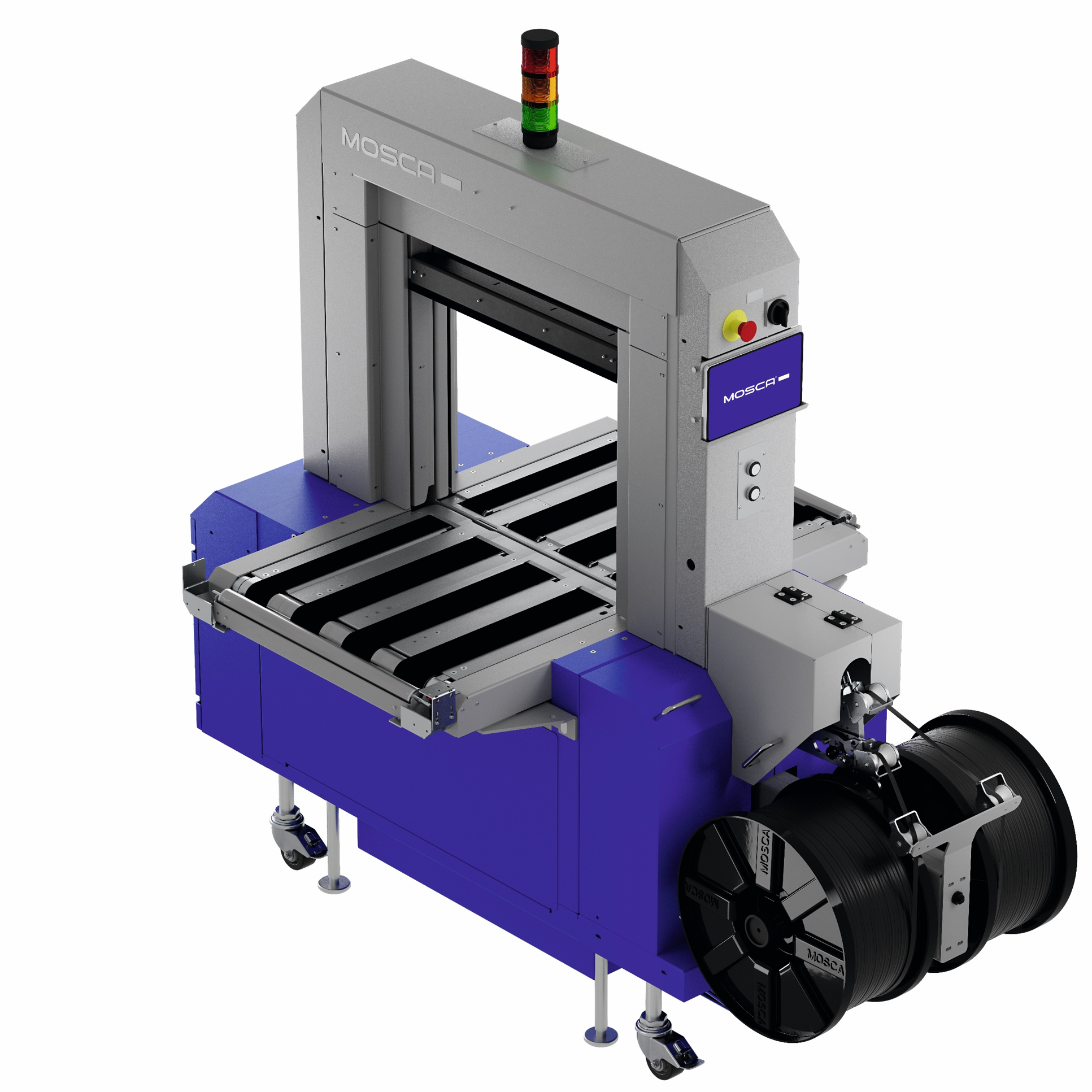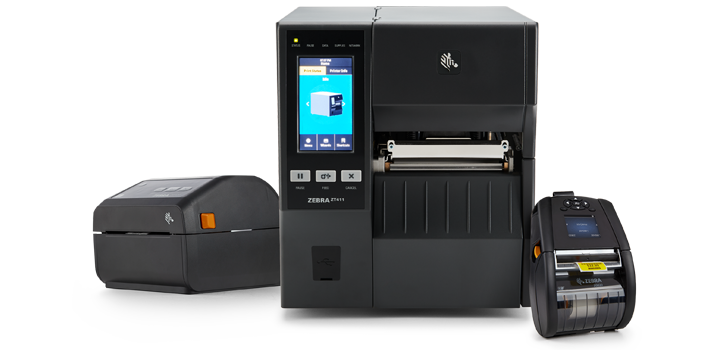With what looks to be another challenging year ahead, Antalis Packaging shares why it believes it’s time to invest in carton handling and pallet wrapping equipment.
If the past three years have taught us anything, it’s that nothing can be predicted. The big challenges of labour, energy, customer experience, sustainability and costs aren’t going anywhere soon and therefore solutions need to be found to ease the pressure of these five issues.
Head of Automation & Systems at Antalis, Stuart Bates, believes that the most effective solution that will help packaging operations and logistics companies to address these challenges is automation, in particular carton handling and stretch wrapping equipment: “Automation is available for every part of the packaging operation workflow – the entire operation can be automated if required – but of course that approach isn’t right for all businesses, so it’s about identifying where the bottlenecks are. Once you deal with those, it’s surprising how many other issues will be addressed at the same time.”
Bates has found that many of the current issues can be addressed by the introduction of carton handling and/or stretch wrapping equipment, depending upon the nature of the business. “We’ve helped customers to achieve transformations of their business fortunes simply by adding one piece of packaging automation. The results are best for operations that have traditionally being labour intensive, but in the current climate, packaging operations of all kinds are likely to find that the benefits reach beyond that.”
How investing in carton handling equipment and pallet wrapping automation could provide the step-change businesses are looking for in 2023:
Labour
Recruitment of labour has long been a challenge for the sector, and that’s not likely to change in 2023. When labour is hard to come by and costly, investing in carton handling equipment can increase efficiency in many ways, for example, a machine can erect up to 22 cartons per minute compared with three erected per minute manually.
Similarly, automating the stretch wrapping of pallets can add significant pace and take the pressure off workers trying to keep up with demand. With pallet-wrapping capability from 25 to 180 pallets per hour, there are models available to suit most operations
Increasing energy costs
Energy costs are a concern for everyone and finding ways to reduce it are crucial. While it is a process in decline, there are still businesses heat-shrinking protective plastic onto pallets. Heat shrinking is highly energy intensive, plus it requires a far heavier grade of plastic than that required for stretch wrapping, so there is an environmental impact there, too. machinery can operate in low light and low heat conditions, so as well as addressing the labour shortfall, machinery can help to alleviate energy costs too.
National Sales Manager, Stretch Film, at Antalis Packaging, Tom Reid, said: “Pallet stretch wrapping machinery is something that many businesses have, but it’s important that it is serviced and maintained regularly – and that film use is optimised. The majority of pallet wrapping equipment I come across isn’t calibrated properly, which means that more film is being used than necessary and that the machine is working harder, all of which contributes to higher bills.”
Customer experience
A recent survey by Wincanton found that 76% of the UK’s retail and eCommerce business leaders believe shortage of labour in the supply chain has negatively affected their ability to serve customers.
“If you haven’t got enough labour to erect the cartons needed to pack orders into,” says Bates, “the impact is going to have repercussions throughout the subsequent workflow, culminating in delays in getting orders packed and dispatched.”
Carton handling equipment can work with the peaks and troughs in demand, plus it ensures cartons are erected consistently, which is something that cannot always be assured when being assembled by hand, under pressure.
Sustainability of packaging
“There has been a necessary shift in the approach to sustainability,” says Bates. “While in the past sustainability was often one of the first casualties during challenging times, I’m pleased to say that’s no longer the case, and I expect efforts to continue to ramp up across the packaging and 3PL industry during 2023.”
These efforts can be supported with the introduction of carton handling and pallet stretch wrapping equipment.
An automated fit to size, box on demand system, for example, creates ‘right-sized’ packaging that minimises the use of corrugated board by building the box around the product or creasing and folding the box to the height of the items being packed. This also eliminates the need for void fill. Plus, the smaller – and, usually, lighter – pack size means more packs can be loaded onto a vehicle, helping to reduce distribution costs and associated emissions.
Costs
“We’ve already touched on some of the cost savings to be made by introducing carton handling or pallet stretch wrapping equipment, but when you start to drill down into the savings that can be made by switching to automated stretch wrapping, for example, the figures can become significant – we’ve helped businesses reduce their stretch wrapping costs by 60%,” added Bates.
Bates concludes: “2023 will likely be another challenging year, but by making it the year when they take the decision to invest in packaging machinery, businesses will not only be able to address the immediate challenges, but they will also be in a better position to weather future storms.”











